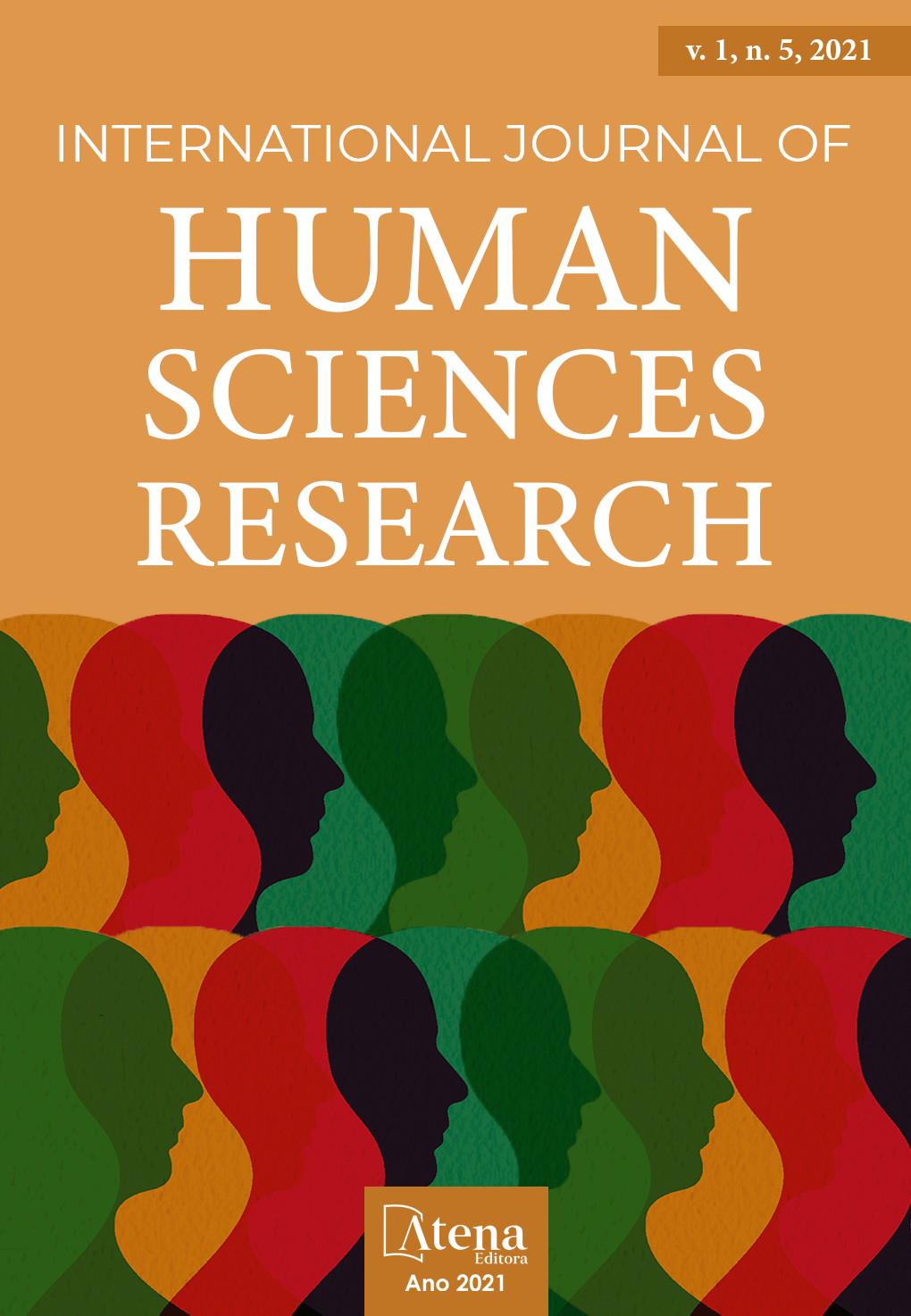
PSICOMOTRICIDAD FINA Y ESTRATEGIAS DIDÁCTICAS PARA LA LECTOESCRITURA EN ESTUDIANTES DE 5 AÑOS DEL NIVEL INICIAL
Esta revisión analiza la relevancia de las estrategias didácticas que contribuyen en la estimulación de la psicomotricidad fina y por lo tanto en la lectoescritura de los estudiantes de 5 años del nivel inicial. Durante esta investigación, se encontró y se hizo uso de diversas investigaciones tanto nacionales como internacionales, dichas investigaciones permitieron encontrar estrategias didácticas para estimular la motricidad fina (coordinación viso manual, la motricidad facial, la motricidad gestual y la motricidad fonética), las cuales influenciaran en el aprestamiento de la lectoescritura de los niños; de modo que, es de suma importancia la estimulación de la motricidad fina durante los primeros años de vida, debido a que permite a los niños tener un buen aprendizaje integral (una buena escritura y lectura) y a realizar movimientos precisos de su vida cotidiana (cepillarse, comer, cortar, doblar, etc.) dicha estimulación se puede realizar tanto en el aula como en casa.
PSICOMOTRICIDAD FINA Y ESTRATEGIAS DIDÁCTICAS PARA LA LECTOESCRITURA EN ESTUDIANTES DE 5 AÑOS DEL NIVEL INICIAL
-
DOI: 10.22533/at.ed.5582103125
-
Palavras-chave: Psicomotricidad fina; lectoescritura; estimulación y enseñanza-aprendizaje.
-
Keywords: Fine motor skills; reading, writing; stimulation and teaching-learning
-
Abstract:
This review analyzes the relevance of didactic strategies that contribute to the stimulation of fine motor skills and, therefore, to the reading and writing skills of 5-year-old students at the preschool level. During this research, we found and made use of several national and international researches, which allowed us to find didactic strategies to stimulate fine motor skills (hand-eye coordination, facial motor skills, gestural motor skills and phonetic motor skills), which will influence the children's reading and writing skills; Therefore, it is of utmost importance to stimulate fine motor skills during the first years of life, because it allows children to have a good integral learning (good writing and reading) and to perform precise movements of their daily life (brushing, eating, cutting, bending, etc.) such stimulation can be done both in the classroom and at home.
-
Número de páginas: 13
- Lus Alexandra Turpo Ocas
- Ester Culqui Arista


